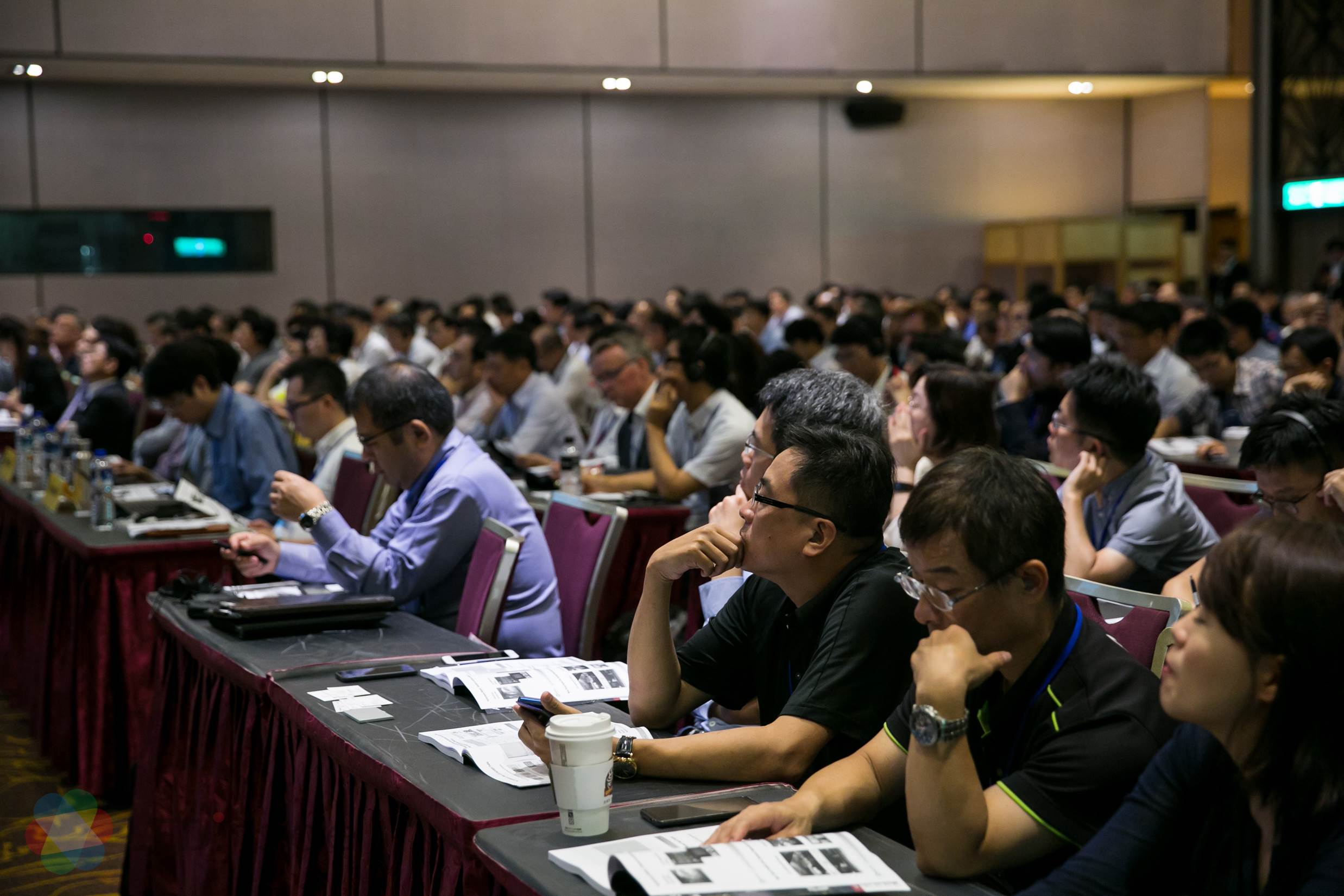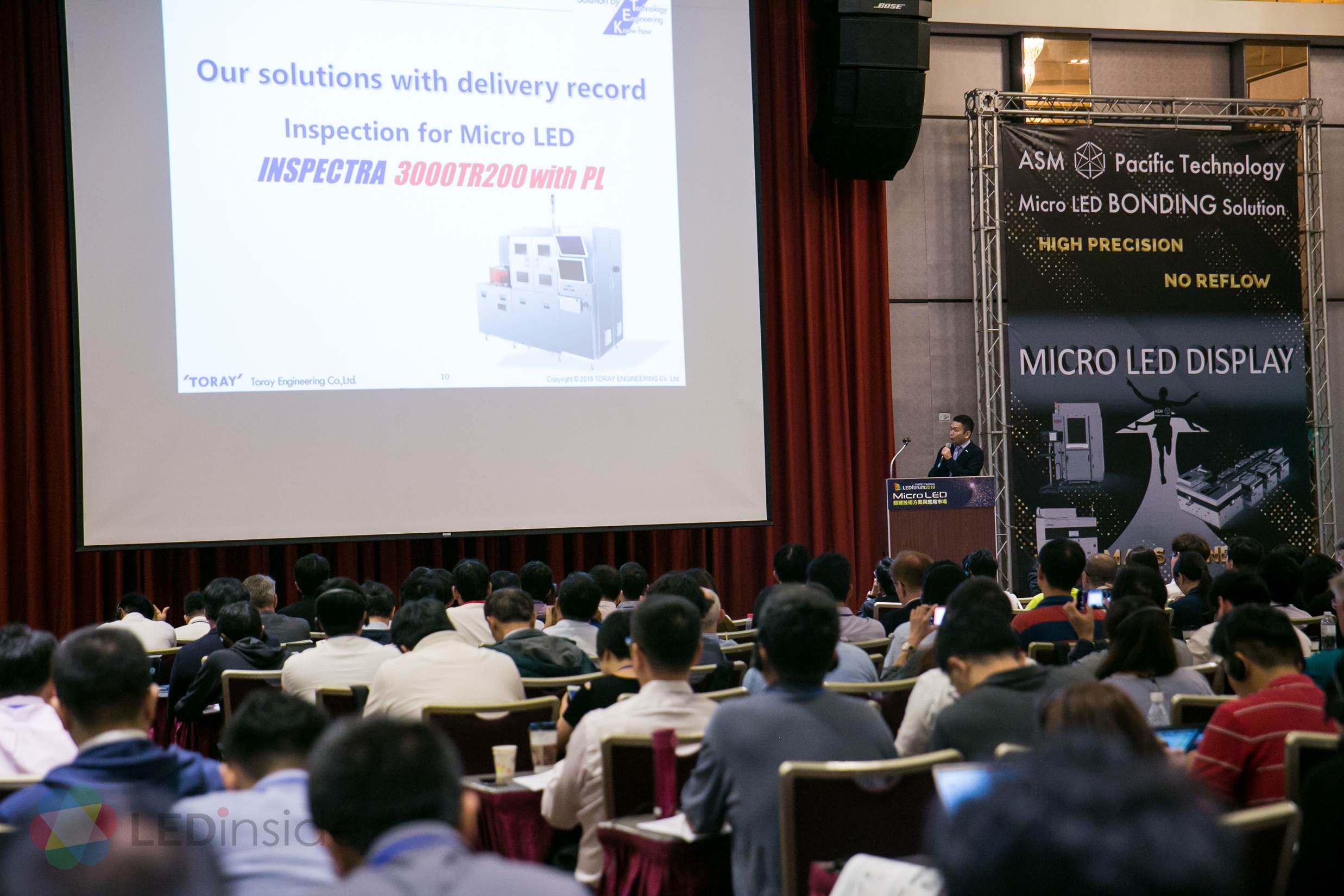LEDinside’s annual event, Micro LEDforum, has again gathered many experts in the industry and academia to share about their technological expertise and provide penetrating insights of products and applications in the current Micro LED landscape.

The event started with Roger Chu, Research Director of LEDinside, delved into the development of the panel industry. He pointed out that panel production has outpaced market demand, causing furious competition and pushing manufacturers to focus on developing new display technology or improving the functionalities of the old ones. This gave rise to growth momentum for Mini LED and Micro LED technologies.
In particular, local dimming in Mini LED backlights may spur development of high-dynamic-range (HDR) imaging. LED chip suppliers Epistar, Lextar, packaging supplier Everlight and panel manufacturers AUO and Innolux have already joined the game with gaming displays and automotive displays adopting the technology.

(Roger Chu, Research Director, LEDinside)
Bottlenecks are being broken in Micro LED displays as well. Since last year, big names such as Sony and Samsung have released their Micro LED displays. Also at Display Week 2019, Taiwan’s PlayNitride, China’s Tainma and CSOT and Japanese supplier Kyocera showcased their Micro LED solutions combining active matrices and TFTs. The cost of manufacturing, however, remains quite high as of now, and reducing that cost through optimization of each stage in the process is inevitable for Micro LED products to enter the end market.
Micro/Mini LED transfer technology expert Rohinni shared its high-speed, die bonding transfer technology, which possessed both speed, yield and accuracy, and may bring forth solutions suiting the requirements of different applications. Currently, the technology used in keyboard backlights is accurate down to 20mm, while that for backlight displays is accurate down to 0.5mm, fitting the needs of the market.

(Matthew Gerber, CEO, Rohinni)
Rohinni also formed joint ventures with many companies in diverse fields. Apart from working with Chinese panel giant BOE on monitor backlight applications, it is also working with Taiwan’s Koja to develop keyboard backlights. In addition, it has partnered with automotive component giant Magna to create taillights, aiming to develop next generation taillights with communicative functionalities that are in line with the current autonomous vehicle trend. Rohinni also cooperates closely with Singaporean equipment manufacturer Kulicke and Soffa (K&S) for Micro LED production process enhancement in an attempt to achieve mass production of equipment.

Japanese equipment manufacturer Toray also introduced a variety of equipment for optimizing Micro LED processes, providing different solutions for inspection, bonding and transfer. Inspectra 300TR200, for instance, provides inspection solutions utilizing AOI and PL testing as well as sorting out defective chips with AI to increase the efficiency in later processes. Toray’s Laser Micro Trimming System uses 532nm and 266nm YAG lasers to remove RGB Micro LED chips from temporary substrates or metal substrates. The lasers may also be used in metal line cutting and can even switch sizes automatically.

(Yasuyuki Sakamoto, General Manager of Engineering Dept. Taiwan Branch)

Toray’s mass transfer equipment provides highly accurate chip bonding function with its double-sided camera confirming the positions to accomplish high-speed LED chip placement through low-pressure control and parallel adjustment as well as heating process. The equipment currently allows for the transferal of 30 μm micro LED chips with the speed of 6000 units transferred in 15-20 seconds. A below 1.5μm bonding precision can be achieved. The next step would be to accomplish a transferal of 20,000 chips within 15-20 seconds while achieving an enhanced precision down to 1μm.





 CN
TW
EN
CN
TW
EN











